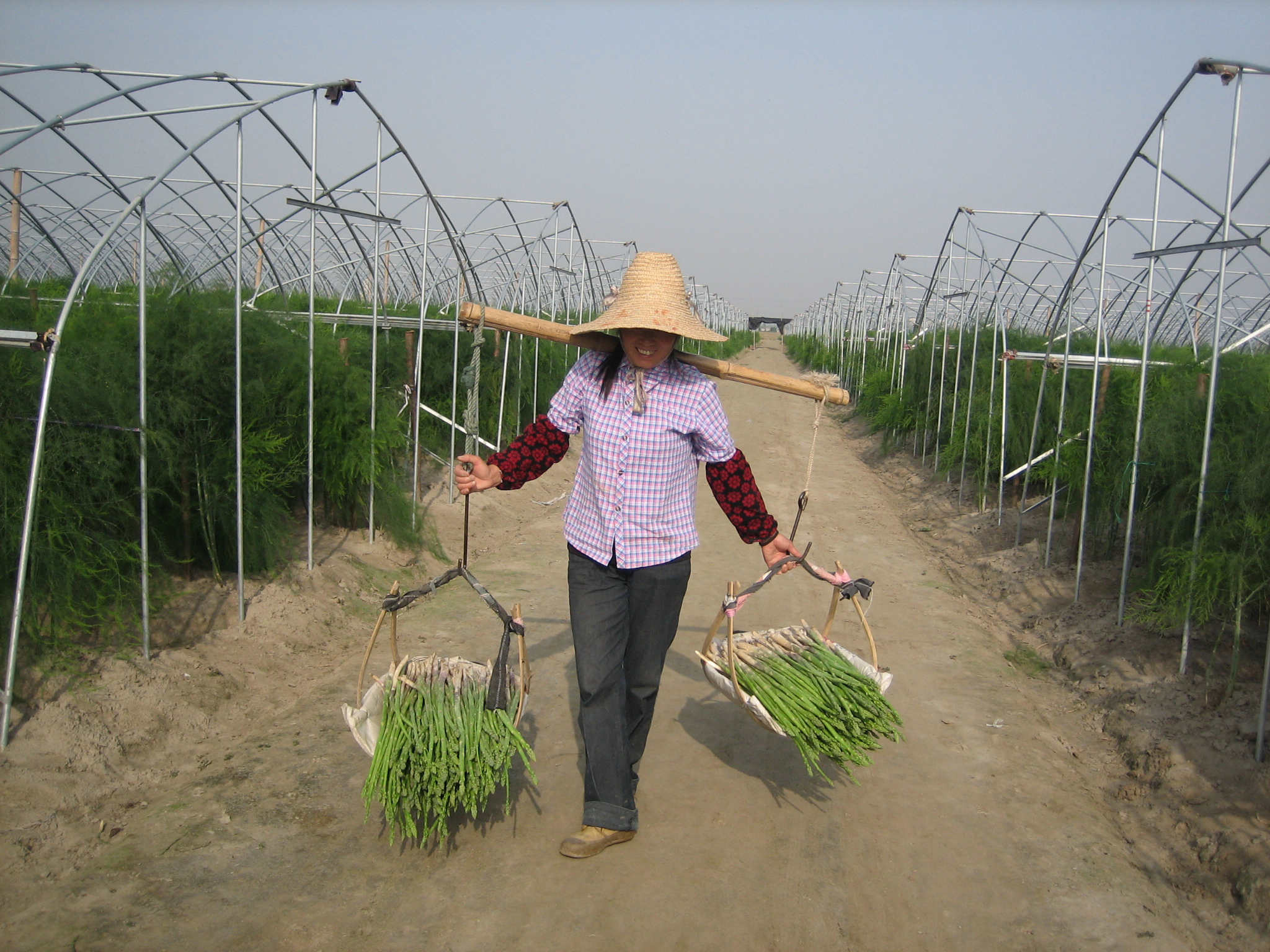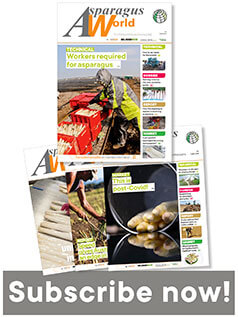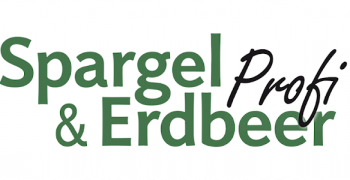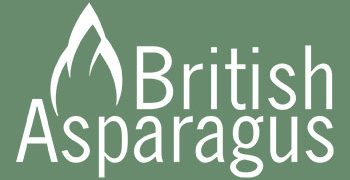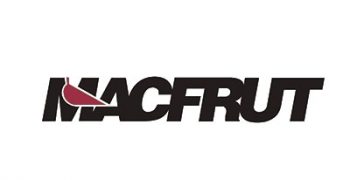Long harvests, extensive daylight and high yields in China
Hangzhou Jiahui Agricultural Development Co., Ltd was founded in 2000. The asparagus planting area is located near the edge of the Qiantang River in Hangzhou, Zhejiang Province, a region with a subtropical monsoon climate, high summer temperatures and humidity, leading to extremely serious risk of stem blight. What’s more, the soil is sandy loam. As a result, the asparagus is planted in plastic tunnels. The products are mainly sold in Beijing, Shanghai, Guangzhou and other big cities, but some is exported to Japan. Asparagus consumption in China is on the rise thanks to increased demand from hotels, restaurants and festivals. But there is currently a lack of supply, which makes planting very profitable. Some production areas are as large as 68 hectares. However, input and labour costs are rising each year, which is cutting into producers’ profit margins and slowing the expansion of planting area. To respond to these issues, Hangzhou Jiajui has begun to focus on creating new cultivation technologies and breeding new varieties.
Harvesting spears over three stages
The main varieties grown by the company are UC157, Atlas, Grande, Jialu No. 1, Depola, Fengdao No. 1, Fengdao No. 2, Jinguan, Feicui Mingzhu, Huamiao, and more, all of which are planted in greenhouses or plastic tunnels. The plants remain in these enclosures throughout the growing cycle, keeping mother-stems twice and harvesting spears three times a year. Production is ongoing throughout the whole year. After fertilising in early December, a plastic film is used to cover the whole tunnel. There is usually a smaller tunnel in the greenhouses for heating, with double plastic tunnels commonly used to increase temperatures and produce early spears. The inside tunnel is removed by early March. The films on both sides of the tunnel are rolled up in early May and just the top film remains until December.
The top-covering method is employed to prevent outbreaks or spread of stem blight pathogens. The winter harvest period can also be advanced to the end of December or start of January. Asparagus can also be on the market just in time for the Chinese Spring Festival, when the price is at its peak. In autumn, the harvesting period can be postponed until the middle of November, and the dormancy period of asparagus is less than two months.
Using mother-stems twice
The first harvest, called the “spring harvest”, is from late December or January to early April. Spears with a diameter larger than 1cm are selected for use as spring mother-stems. The second harvest, the “summer harvest”, is from mid-May to late August, when spears are harvested under the mother-stems. Then, all the mother-stems are removed and spears with a diameter larger than 0.8cm are selected for use as autumn mother-stems.
The third harvest (the autumn harvest) is from early September to mid-November. All stems are removed after the arrival of the frosts and the plants enter their dormant period.The spears are harvested by hand when they reach 35-40 cm. Thanks to the multiple harvesting periods and the extensive use of organic fertiliser, the annual yield of 4-8-year-old unprocessed asparagus can reach about 75 tons per hectare. The sorted and bundled spears (35-37 cm or shorter) have their white roots cut off and are sent for marketing. Partition management is used in the production area, with each farmer managing 1.3-2 hectares or more. The input materials are purchased and distributed by the company, which is also responsible for recycling and selling all products under a joint brand. Ninety percent of the proceeds goes back to the farmers, which is very motivating for them and has improved productivity and efficiency levels.
Four patents
The firm has its own research centre, equipped with a small laboratory and technicians, who mainly work on developing new cultivation techniques and breeding new varieties. As a result of its cultivation technology research, four patents have been obtained, including for asparagus cultivation, a fertilisation method, a seed plot management method, and a biodegradable film for promoting early asparagus harvests in winter and spring.
In addition, three varieties have been developed:
1) Jialu No. 1, which has a green colouring and is medium-ripe;
2) Zaojia No. 2, which is early and stout, has a long harvesting period in spring, and a tight head that is not easy to scatter; and
3) JH120, which responds to the local market’s preference for stout asparagus. It has a tightly wrapped head and a lightish colouring.
A complex and changeable natural environment
As the economy of this region is relatively developed, there is a high standard of living and asparagus demand is still growing. But competition in the asparagus industry is fierce. As a result, businesses are actively exploring more efficient, sustainable and practical cultivation techniques, as well as more cost-effective and convenient sales methods, so as to cope with the complex and changeable natural environment, improve the quality and safety of asparagus products, and meet the quality standards expected by consumers. As farmers recognise the critical role played by variety choice, such decisions are made very carefully.
Fertilisation and pest control process
1/ Fertiliser and water management
Apply decomposed organic manure (e.g. pig manure) and ternary compound fertiliser by ditch application three times a year. A three-compound fertiliser (15% N, 15% P2O5, 15% K2O) is applied once a month for topdressing during harvest.
Drip irrigation is usually employed to replenish field moisture, and attention is paid to drainage during the summer rainy season.
2/ Disease and pest control
Stem blight (Phomopsis asparagi) is the main disease threat. The stems are kept dry and the spread of pathogens is controlled because the plastic greenhouses keep out the rain. Two critical control periods are needed: 1) When the spear has grown into its mother-stem, spraying fungicide can help to prevent the invasion of diseases in the process of stem lignification transformation; 2) After the mother stem has been completely removed, it is very helpful to remove the sick stalks in time and sterilise after removing all the stems. Noctuidae and thrips constitute the main pests. Sex attractant trapping is very necessary to combat noctuidae, and biological pesticides are also used to control both noctuidae and thrips.
Size determines the price
Asparagus products are mainly sold on the domestic market through supermarkets and local markets, but online sales and group buying have also emerged in recent years. Price is determined by size, with stouter asparagus fetching higher prices. Wholesale prices of asparagus fluctuate widely depending on availability, reaching a peak during the Spring Festival and the winter shortage period. The rest of the time, prices are relatively stable and depressed. Also during the period in which mother-stems are retained, there is less supply, which leads to a slight price increase.
Five steps of cultivation mode in Hangzhou Jiahui Agriculture
1. Double tunnels are used in winter and early spring.
2. Spears are pulled out by hand without mother-stems.
3. Mother-stems are retained after harvesting spring and summer asparagus
4. When the mother-stem matures, new shoots grow.
5. Harvesting summer and autumn asparagus under mother-stems







